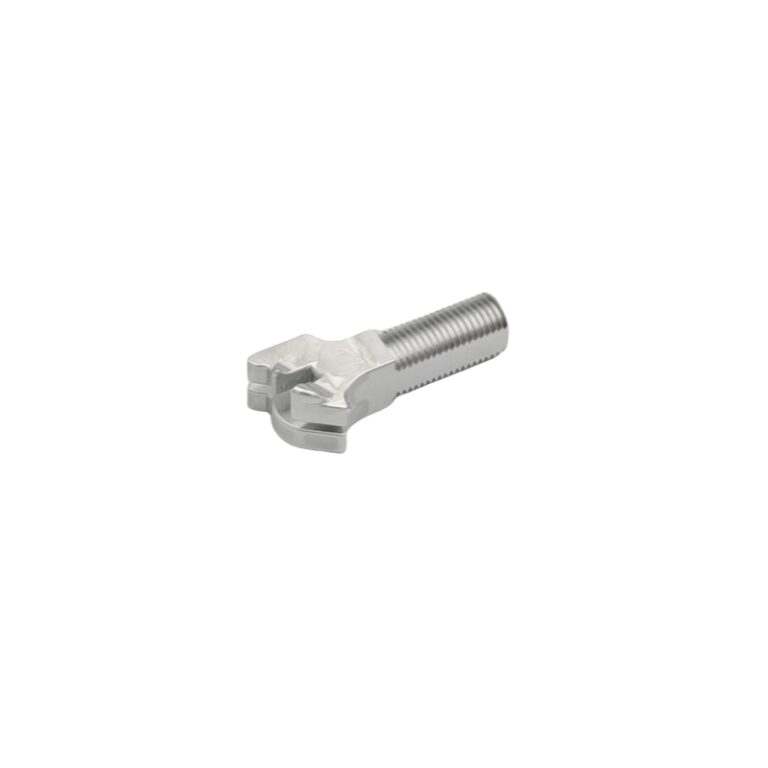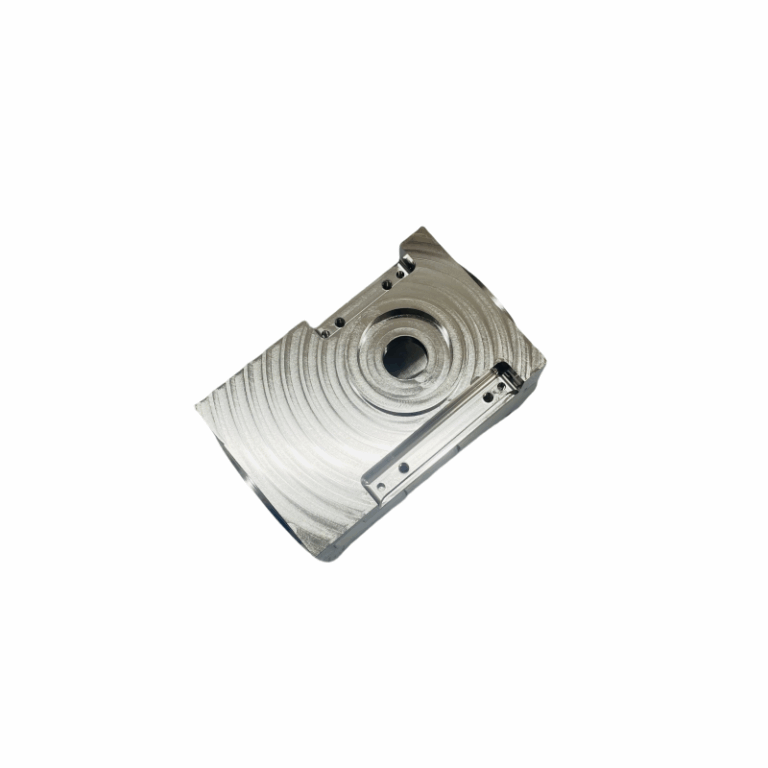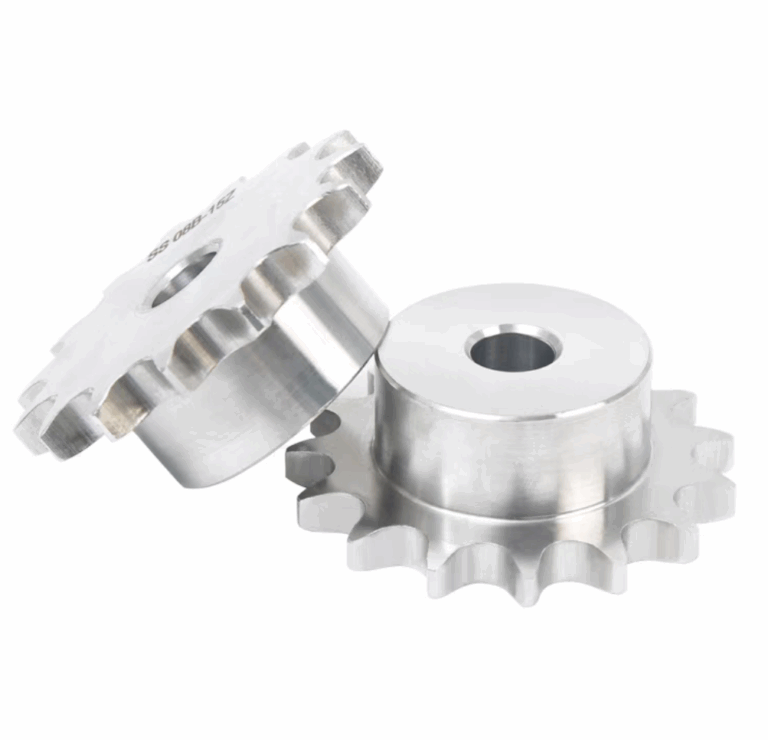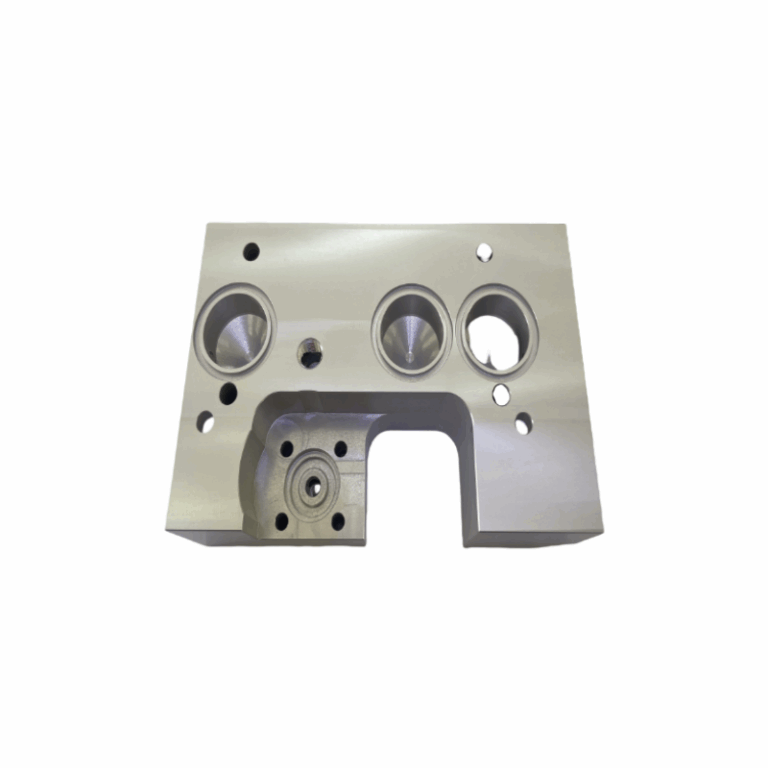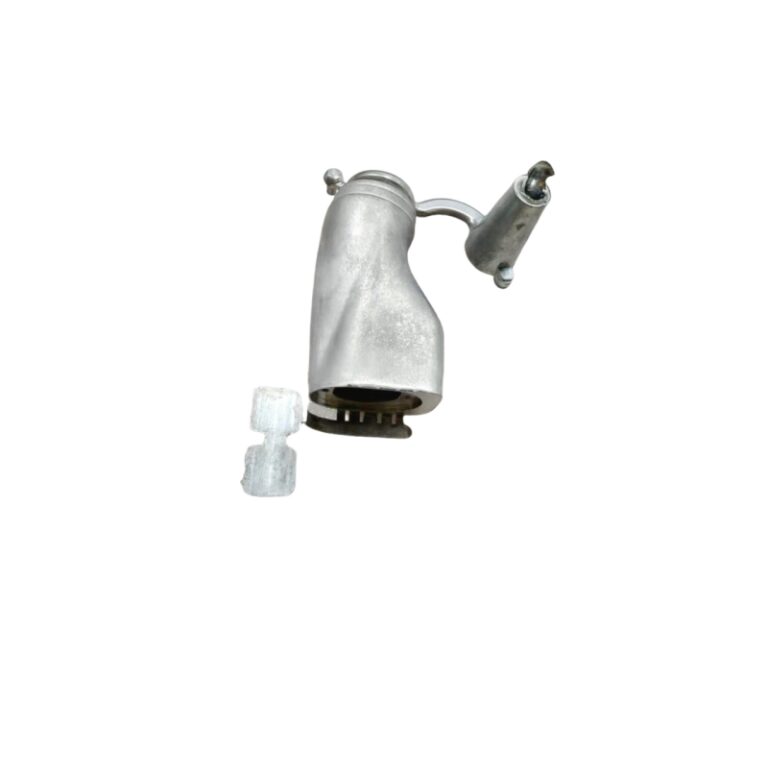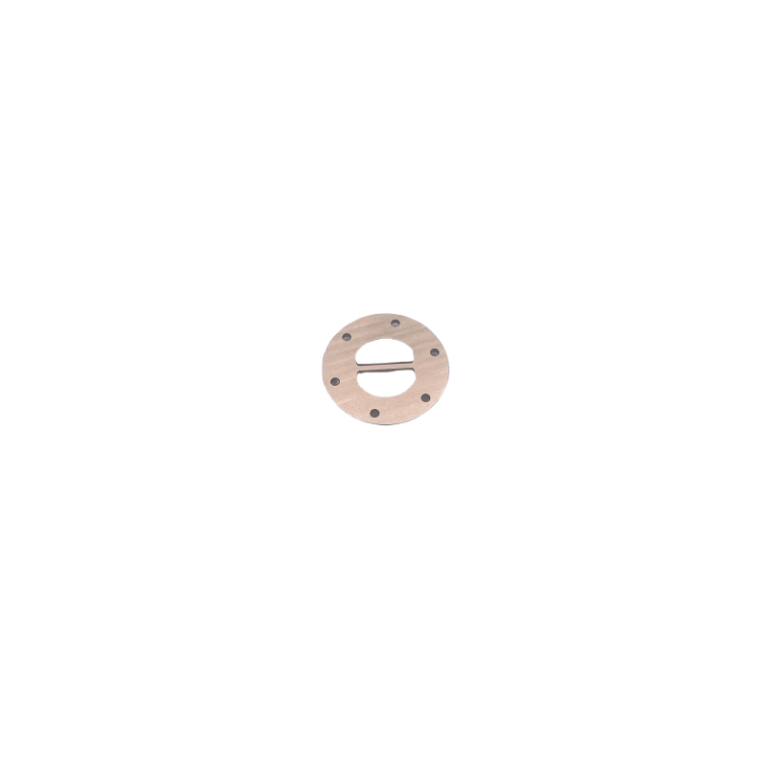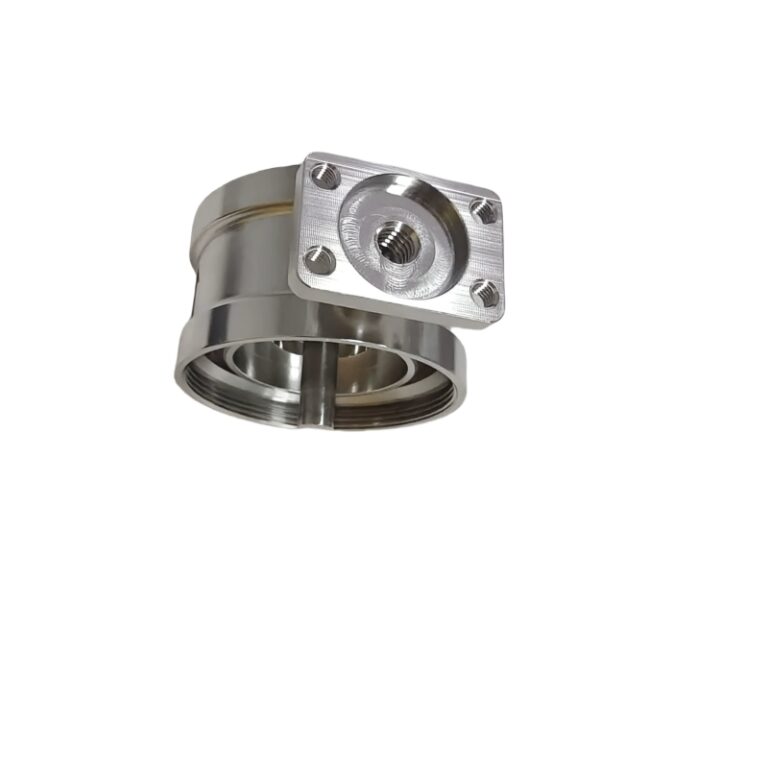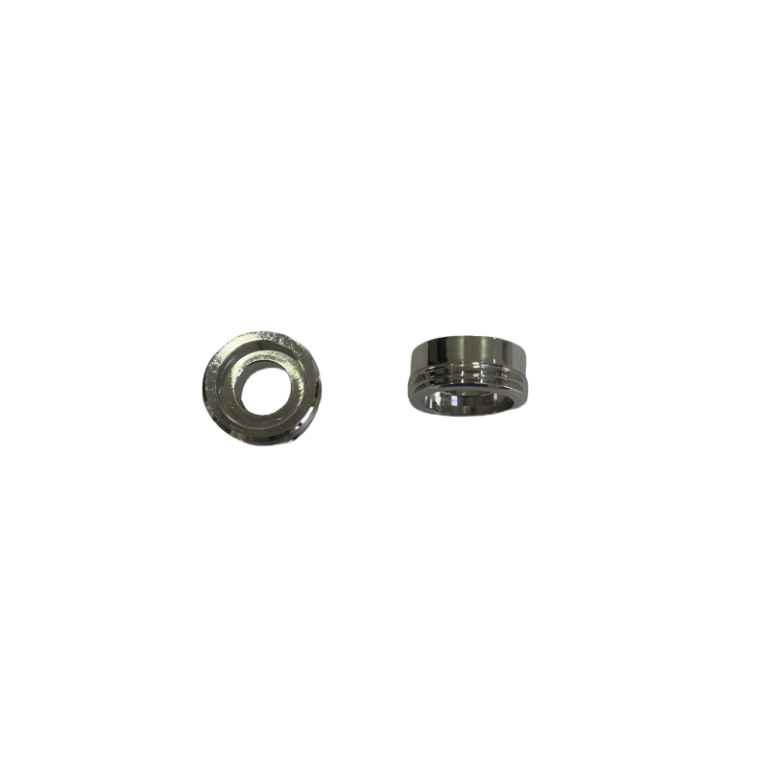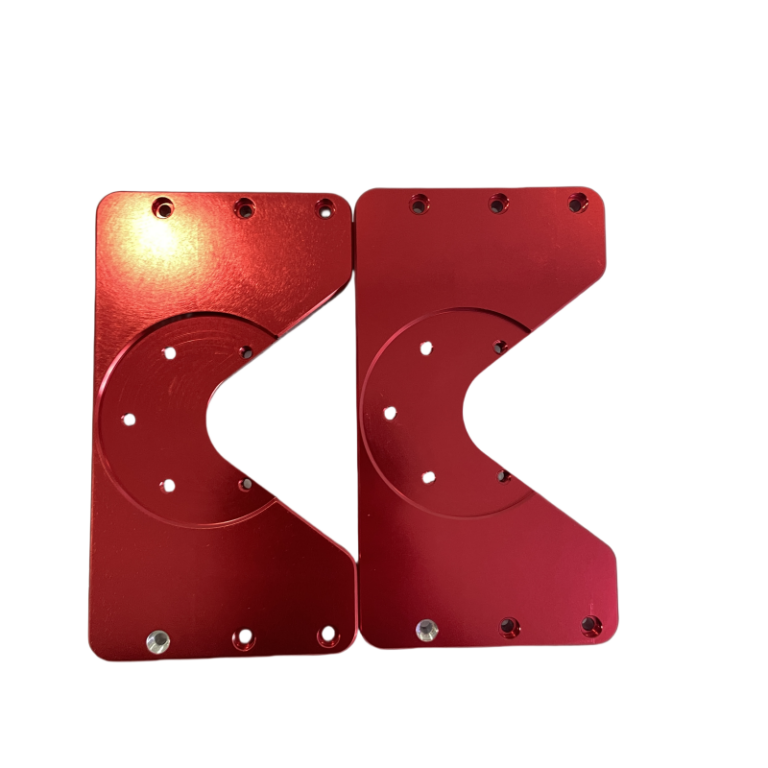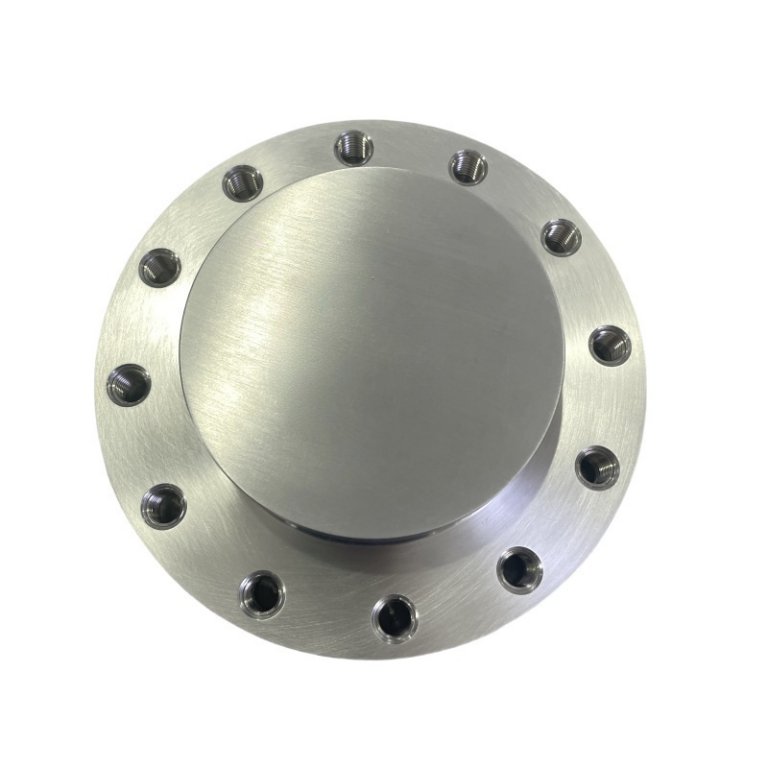Both electroplating and anodizing are post-processing methods that improve corrosion resistance, durability, and surface quality of the parts. Therefore, it is important to recognize their differences and similarities to get the most out of both methods.
What are the differences between electroplating and anodizing?
Different methods
Electroplating is to use the material to be electroplated as the cathode, the same metal material as the plated metal as the anode, and plated metal ions in the electrolyte. The direct current flows through the solution, causing the metal ions to dissolve from the anode and implant into the cathode and substrate. Anodic oxidation uses chemical or electrochemical methods to form a coating on the metal surface. A material protection layer is formed on the surface of the metal material as the anode by applying an external current in a specific electrolyte.
Different material:
The electroplating method mainly treats metal and non-metal surfaces. The most commonly used electroplating metals are nickel, chromium, tin, copper, silver, iron, and gold. Anodizing is a popular method of metal surface treatment. Most metal materials, such as stainless steel, zinc, aluminum, magnesium, copper, titanium, and plumbum, can be anodized for many industries.
Different processing principles:
Electroplating is due to the charging effect. The metal anode ions move to the cathode, obtain electrons at the cathode, and deposit them on the material to be plated. Because the materials oxidize easily, anodizing uses electrochemical methods to control the formation of oxide layers to prevent further oxidation of materials and increase the mechanical properties of the surface.
What is electroplating?
Electroplating: Electroplating is a post-process method of depositing a layer of plated metal ions to form a coating on the base material’s surface. It uses an electrolyte solution and an electric current to deposit the desired metal on the object’s surface. Electroplating is popularly used to improve the workpieces’ appearance, corrosion resistance, and conductivity.
The purpose of electroplating: Enhance parts’ conductivity, corrosion resistance, durability, or appearance, and can extend the life of metal parts used in a variety of industries.
How many types of electroplating?
There are many types of electroplating, each for specific materials and functions. The main types of electroplating are as follows:
1· Zinc plating
The zinc plating is of high purity and is an anodic coating. The zinc plating provides mechanical and electrochemical protection for the steel substrate. Therefore, zinc plating is widely used in machinery, hardware, electronics, instrumentation, light industry, etc. It is one of the most widely used types of electroplating in all industries.
2· Copper plating
The copper plating is a cathodic plating layer. It can only provide mechanical protection for the metal. The copper plating is usually not used alone as a protective decorative plating layer, but as a bottom layer or middle layer of the plating layer to improve the adhesion between the plating coating and the workpiece.
3· Chrome plated
The chrome plating is a cathodic coating and plays a mechanical protection role. Functional chrome plating is mainly used for various measuring calipers, gauges, cutting tools, and various types of shafts, such as aviation instruments, optical instruments, photographic equipment, etc.
4· Tinplating
Tinplating is a cathodic coating on steel substrates and an anodic coating on copper substrates. The tin coating is mainly used as a protective layer for thin sheets in the canning industry. More than 95% of wrought iron sheets are made of tinplated iron sheets. Another major application of tin plating is in the electronics and power industries.
Different metals suitable for electroplating
The application and post-processing determine the metals used in electroplating. Zinc, gold, copper, nickel, chromium, cadmium, silver, zinc, and brass are a few common metals. Each metal has unique qualities and properties that contribute to the final product.
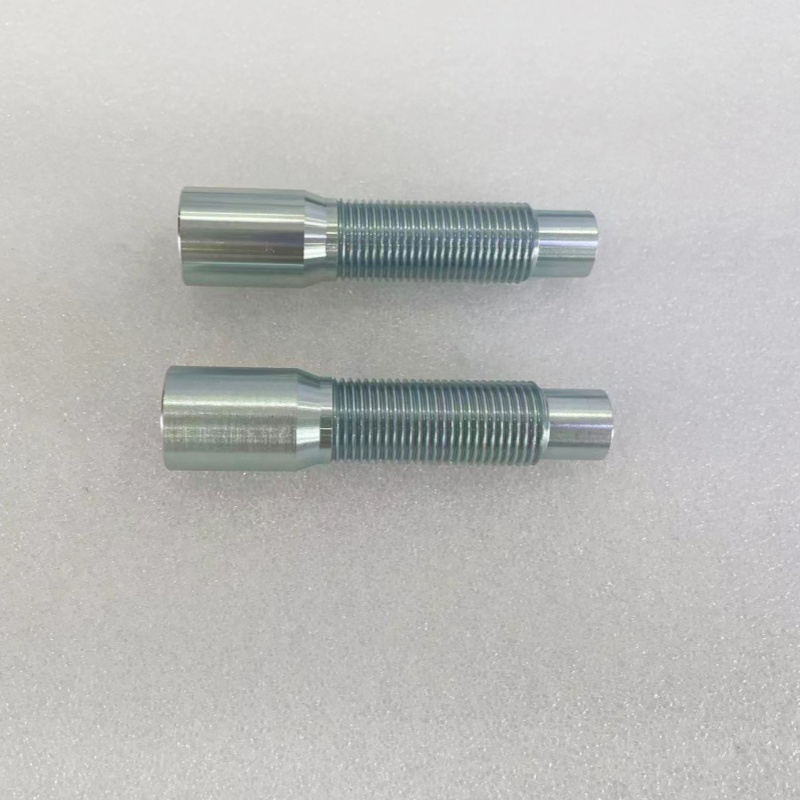
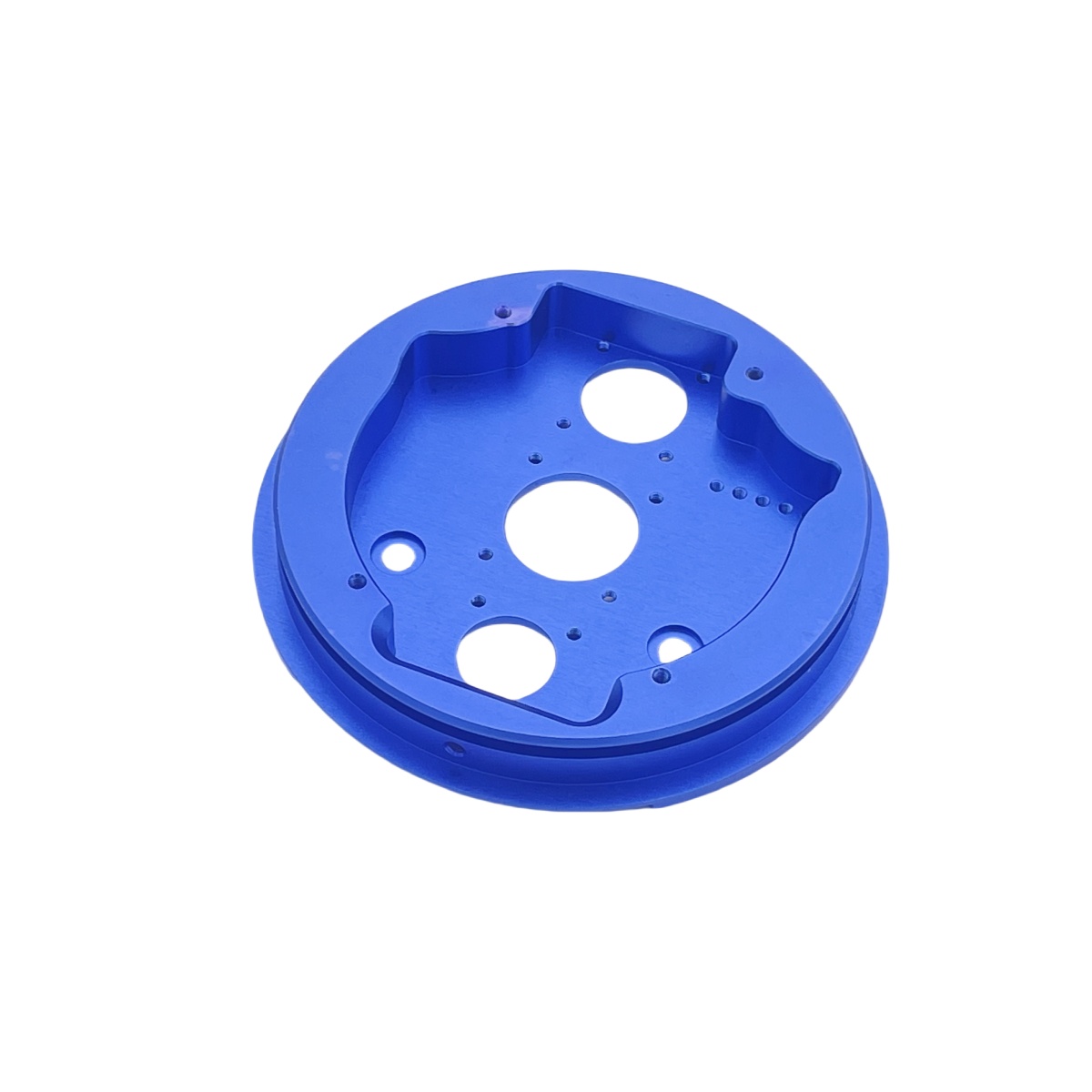
The advantages and disadvantages of electroplating
| Advantages | Disadvantages |
| Improved appearance, can make a product more visually appealing. | Material incompatibility |
| Prolongs the life of metal or material and improves its usefulness | Uneven surface |
| By coating metal materials, their electrical conductivity can be improved | High cost |
| Improve adhesion | Environmental pollution |
What is anodizing?
Anodizing: Anodizing is a chemical process that converts the surface of a metal (usually aluminum) into an oxide layer. It is done by immersing the metal part in an electrolyte solution and using it as the anode to promote the formation of the oxide layer through electrolysis. Anodizing is mainly used to improve the corrosion resistance and hardness of aluminum products.
The purpose of anodizing: is to improve the durability, capacity, and structure of metal surfaces. The process thickens the natural oxide coating, protecting the metal from wear and corrosion. Also to improve the appearance of the objects.
The Types of Anodizing Processes:
Chromic acid anodizing (Type I) forms the thinnest oxide coating densities ranging from 0.00002 to 0.0001 inches in 3 main anodizing processes. It uses chromic acid as the electrolyte and can operate at lower voltages and temperatures than the other types. It is the oldest and least commonly used anodizing process for many industries. Chromic acid anodizing produces a deep black finish that is very corrosion-resistant. It is often used in architectural applications or products exposed to harsh environments.
Sulfuric acid anodizing is the most common and widely used type of anodizing(Type II) process in all industries up to now. Sulfuric acid anodizing produces an oxide layer approximately 0.0002 and 0.001 inches. The oxide deposit changes the surface of the part, making it suitable for applications that require wear resistance and durability. Treating the coating before sealing using the characteristic of porous, sulfuric acid produces a brightly colorful finished surface on metals. The sulfuric acid anodizing process allows customers to choose from a variety of colors including red, black, gray, blue, etc.
Hard anodizing usually uses a sulfuric acid-based electrolyte. It produces a significantly thicker and denser oxide layer than sulfuric acid anodizing. Hard anodizing forms a coating thickness between 0.0005 and 0.002 inches. It is recommended for situations where excellent wear resistance is required. It is also useful in situations where better electrical insulation is required.
Types of metals suitable for anodizing: Aluminum is the most common anodized material, but titanium, manganese, magnesium, zinc, and stainless steel can also be anodized.
The advantages and disadvantages of anodizing
| Advantages | Disadvantages |
| The anodized coating helps protect the metal from rust and corrosion, extending it’s life | Anodized color coating is not scratch-resistant |
| Anodizing coatings are typically harder than the base metal, providing increased hardness and wear resistance | Because limited by the chemicals used in the anodizing process. The available color options are increasingly limited |
| Anodizing coatings can be dyed in a variety of colors, providing aesthetic flexibility for architectural, design, and decorative applications | |
| Anodic oxidation forms an electrically insulating oxide layer on the metal surface |
Similarities Between Electroplating and Anodizing
There are some similarities between electroplating and anodizing, even though they also have many differences. They are both electrochemical processes that utilize a chemical matrix. In addition, both anodizing and electroplating involve the deposition of materials on the surface of the metal, as they are coating processes. They are both used to improve the functionality and appearance of metal products. Anodizing and electroplating processes deposit both metal and oxide layers, enhancing the product’s resistance to wear, corrosion, and damage.
Choosing electroplating or anodizing always depends on the function of the final product and the materials used. If you can’t make a choice, please consult a professional DMTC team. We have many years of experience providing diverse solutions for countless applications in different industries! Email to Susan.yu@szdmtc.com

